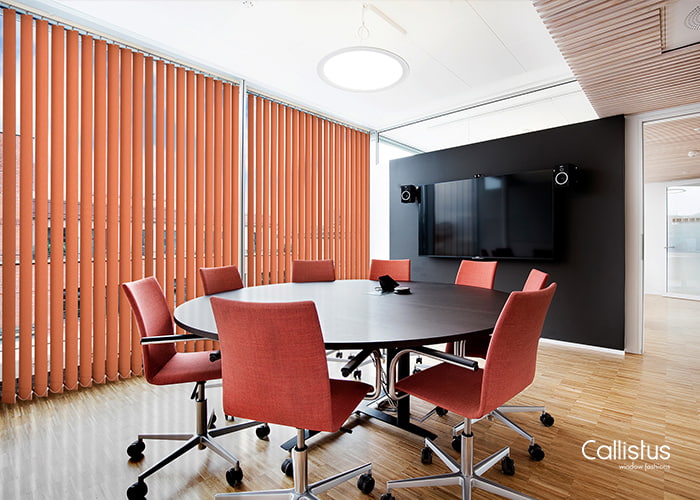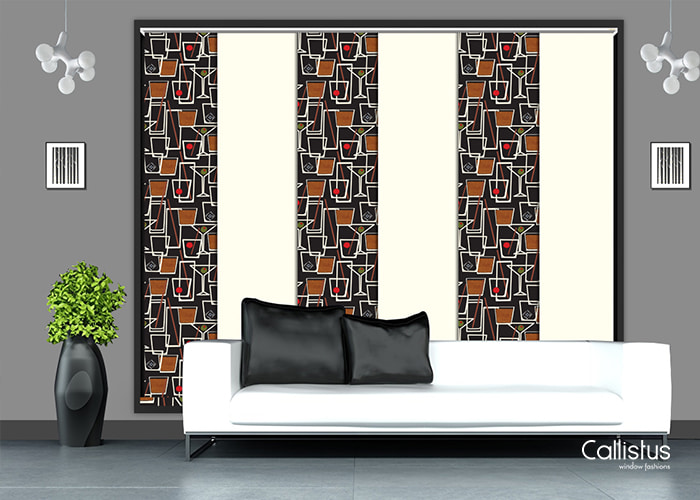The sheer variety of window treatments makes the choice of the right fit for your windows a bit challenging. The extensive range available in the market today features a wide collection of materials, colour schemes, patterns, and textures, with the more modern ones fitted with different technologies like easy pull or automation to make life easier.
What are the key factors to consider when choosing between vertical and horizontal blinds? How are vertical blinds different from horizontal blinds? When is it best to use vertical blind? What advantages do vertical blinds offer over horizontal ones? We answer these and more questions to help you zero in on the perfect fit for your windows.

As the name suggests, vertical blinds have vertical slats. In other words, they have vanes or slats that run left and right, as opposed to up and down as in horizontal blinds.
Vertical blinds slide sideways while horizontal blinds slide up and down. The opening mechanism of each of these blinds is different too. Since horizontal blinds lift from the bottom, they typically have a cord-and-pulley system. Where horizontal blinds become too heavy to manually manipulate for a large window, vertical blinds can cover beautifully.
The long slats of vertical blinds are suited to broad windows and doors while horizontal blinds are great for smaller, narrower, and taller windows. In addition, the visual effect created by each blind is different. The long slats of vertical blinds add the feeling of spaciousness and height and allow more light to filter in when open or closed as compared to horizontal blinds. As vertical blinds for windows stack to the side when open, they create a completely exposed window for light to come through as well as an unobstructed view.

Vertical blinds are best suited for sliding doors and for large bay windows that are difficult to cover with other window treatments. They are especially effective for any window or door with a wide expanse.
Here’s a quick snapshot of the places where vertical blinds would best fit:
1. Large French doors
2. Sliding doors
3. Wide windows
4. Bay windows
5. Uniquely large-sized window
6. Patio doors
7. Large windows or doors in a sun room

One of the most important considerations for choosing the right vertical blinds for any space is the size of the window or door. The larger the window or door, the wider the slat width should be. The range vertical blinds are: Sierra Blinds, Eton Blinds, Panel Blinds, Vertical Blinds.
Callistus Blinds makes it easy for you to find the right fit of vertical blinds for your windows and doors, with its customization options. You can customize the slat or vane size to meet the requirements of the most unique-sized windows.